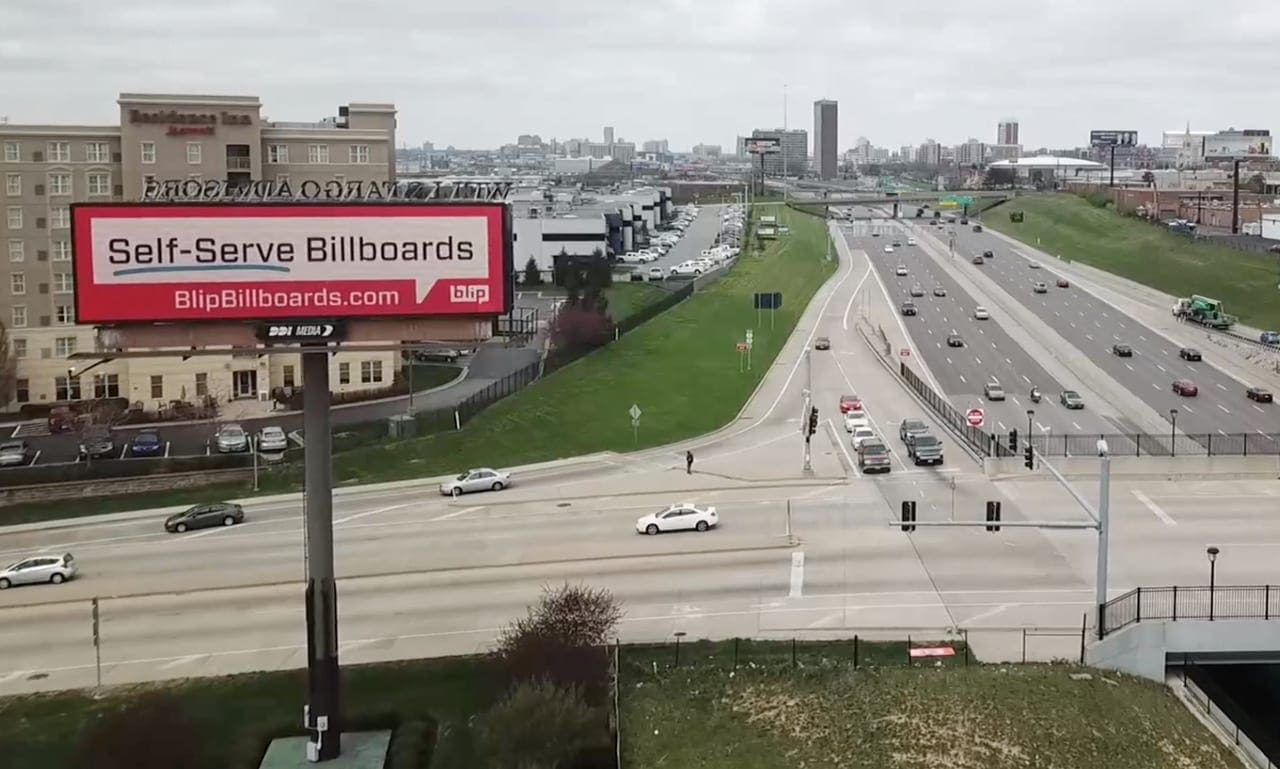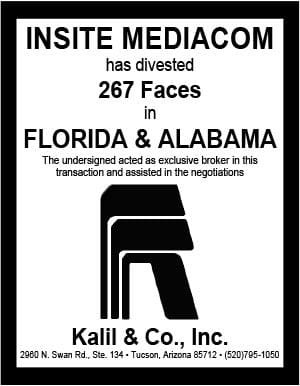
How’s Blip handling this turbulent time?
We’re managing. We’ve seen a slowdown as the rest of the OOH industry has, but a lower relative revenue decline compared to that which other industry colleagues have reported. We’re attributing this to the flexibility of Blip’s model, which I explain below. Overall, we’re quite optimistic that things will recover at quick pace for us once the public health situation returns to normal.
Are ad volumes down?
Yes, we saw the decline in a matter of only two weeks. Luckily, volumes have been stable for the past week or so, and already show early signs of nominal improvement.
What kinds of businesses are running ads now on Blip’s network?
As you’d expect, billings from events have declined sharply. Several sectors are still active or showing more interest than before. Verticals performing well are:
– Real estate
– Financial institutions
– Restaurants
– Health & wellness
You’ve got an interesting advertising program for 501(c)(3) non-profits. Talk about it.
We’ve always offered a 1-to-1 match for non-profits. Instead of giving space to some organizations pro bono and no space to the rest, we opted for a program that gives *every* organization some space at a steep discount. The selection process is less arbitrary this way, and having some skin in the game encourages the non-profits to develop a solid strategy and good artwork. Some media owners have even elected to direct all non-profit requests for space to us, and we’re happy to take on that burden.
 How is blip positioned to help out of home companies now and after everyone goes back to work?
How is blip positioned to help out of home companies now and after everyone goes back to work?
Today, we can sell space, deploy artwork, and collect payments—all without interacting face-to-face with advertisers. Second, we expect that as the economy recovers, advertisers might hesitate to ramp up spend to previous levels very quickly. Our flexible, pay-per-blip model lets media owners start earning revenue from any advertiser with any budget, not only those advertisers that have regained the confidence to commit a fixed budget for an extended period of time.
Insider is encouraging out of home companies to use the next few weeks to get on-board with automated sales platforms in order to be positioned to grow when shelter in place restrictions are lifted. What sort of companies are you looking to bring on the Blip platform? What’s the boarding process like?
Blip partners with companies that own/operate both digital and static roadside billboards and street furniture. Onboarding consists of collecting some basic information about each asset. Blip works with many industry-standard partners to make scheduling for their digital screens easy. For example, a media owner can run third-party CMS/player software, or embedded LED manufacturer software already integrated with Blip. We can also drop in an HTML placeholder file that we generate for each operator. We have well-documented APIs too, for those larger operators who want to integrate with their bespoke systems. After a service agreement is executed, the entire process can generally be done in a few days and the assets will start attracting advertisers immediately.
Who should an out of home operator talk to if they want their digital signs added to the Blip network.
Stone Ramsey, stone@blipbillboards.com, 801-845-4868
Paid Advertisement

















